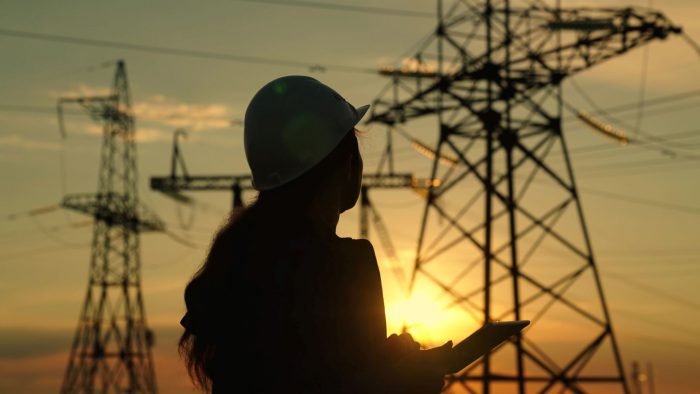Brian McCowan, Zondits staff, 5/9/2023
CNBC’s fourth installment in their series on the U.S. power grid reports that renewable energy projects are waiting in lines longer than those for a Taylor Swift concert. According to the article, wind and solar project wait lines are often years long as power grid infrastructures struggle to accommodate the proposed clean power supplies. Making matters worse, the fees charged to connect have been skyrocketing during these waiting periods, forcing many project plans to be abandoned.
The main points in the article include:
- Existing transmission lines are insufficient to support the transition from a fossil fuel-based electric system to a decarbonized energy grid.
- The waiting lines, known as the interconnection queue, are symptoms of both technical and bureaucratic restrictions.
- Connection fee increases are forcing many project cancellations. An example is a 570-megawatt project proposed by The Oceti Sakowin Power Authority, a nonprofit organization owned by seven Sioux Indian tribes. The original deposit paid for the connection was $2.5M. As the project neared implementation, the connect fee was raised to $48M to cover the cost of improving the Southwest Power Pool’s grid to accept the power. A 15-day deadline was set for raising the additional funding. The project is now being downsized and is expected to re-enter the queue, presumably with another long waiting period.
- The capacity of the U.S. electric grid is approximately 1,250 gigawatts, yet, according to the Lawrence Berkeley National Laboratory, there are current plans for 1,350 gigawatts of new power capacity and over 600 gigawatts of energy storage earmarked for the grid.
- As reported in earlier installments, part of the issue is that solar, and especially wind, projects are often best sited somewhat distant from population centers, requiring expansion of transmission lines and substations.
- The current grid connection process was designed primarily to facilitate large fossil and nuclear power plants. Renewable energy projects are smaller, and each project must go through the same bureaucratic process. It can often take 30 renewable energy projects to equal the output of one large natural gas-fired project.
- The Federal Energy Regulatory Commission (FERC) has proposed interconnection reforms aimed at relieving the bottleneck. The reforms include limiting speculative projects that clog the queue, providing better information to project planners, and helping and/or mandating shorter queues.
The federal government, states, cities, and businesses have all set various aggressive climate-related goals. This is a good thing. But unless there is a coordinated effort to expand and modernize the U.S. grid, those goals cannot be realized.
The CNBC fourth installment of Transmission Troubles is located here: https://www.cnbc.com/2023/04/06/outdated-us-energy-grid-tons-of-clean-energy-stuck-waiting-in-line.html
Zondits past report on the CNBC series: https://www.zondits.com/cnbc-publishes-series-on-the-need-for-a-national-macrogrid/
